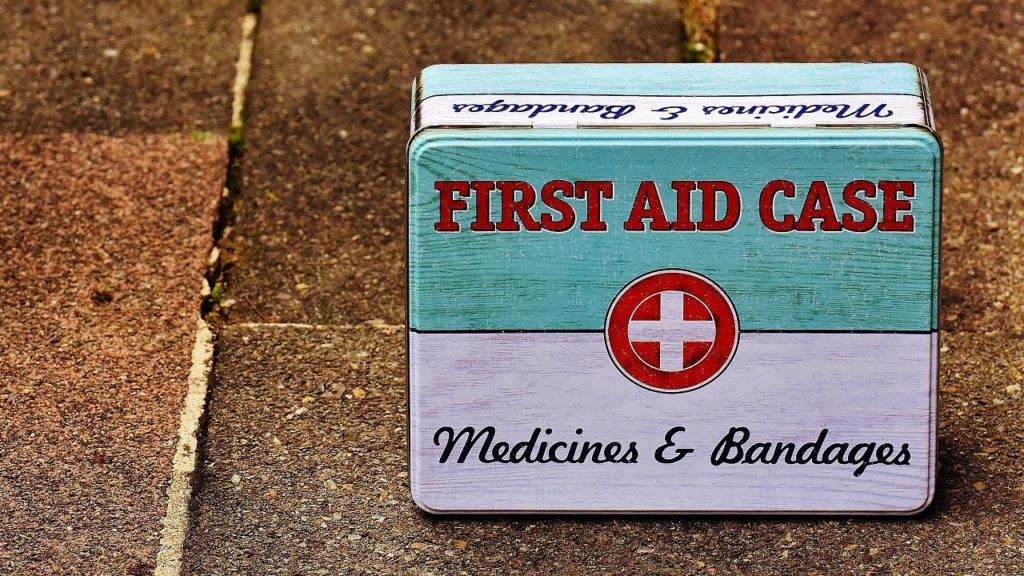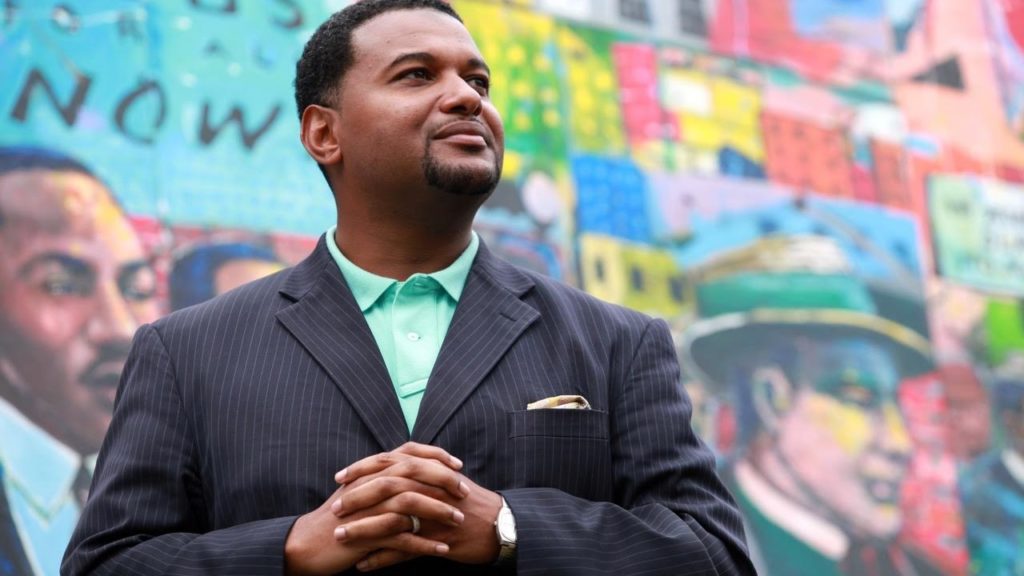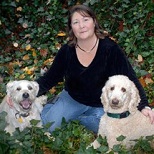
 Special to the Philanthropy Journal
Special to the Philanthropy Journal
By Julie Nettifee and Kristin Tart
As a land-grant university, NC State is committed to providing students hands-on, highly-engaged learning opportunities AND to providing research that is of direct, practical use to the fields we work in. Philanthropy Journal proudly presents the latest in a series of evidence-based resource articles developed by Dr. Amanda J. Stewart‘s masters level Management of Nonprofit Organizations classes. These articles represent a perfect overlap of engaged learning and practical research.
“Horses are special” – Joy Currey
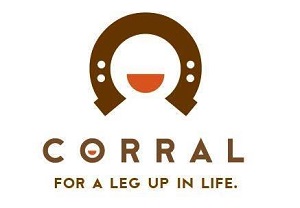 For two local nonprofits, CORRAL Riding Academy and Hope Reins, horses are a way to transform the lives of at-risk youth. What these organizations may not realize is not only are they having a positive impact on the community, they are also bringing a new innovative way of thinking to the nonprofit sector. Each organization serves a unique subset, children and their families, while incorporating rescued equine counselors to provide a bridge between trauma and healing. Together, these two equine therapy organizations, along with Shepard’s Youth Ranch, and Horse & Buddy, create an informal alliance to leverage best practices, to engage and connect, to explore and ensure that missions remain in alignment and not to duplicate efforts.
For two local nonprofits, CORRAL Riding Academy and Hope Reins, horses are a way to transform the lives of at-risk youth. What these organizations may not realize is not only are they having a positive impact on the community, they are also bringing a new innovative way of thinking to the nonprofit sector. Each organization serves a unique subset, children and their families, while incorporating rescued equine counselors to provide a bridge between trauma and healing. Together, these two equine therapy organizations, along with Shepard’s Youth Ranch, and Horse & Buddy, create an informal alliance to leverage best practices, to engage and connect, to explore and ensure that missions remain in alignment and not to duplicate efforts.
Merriam-Webster.com defines an alliance as “an association to further the common interest of the members.”[1] The “equi-center alliance” is exactly that, it helps to further the common interest of equine therapy in each of these organizations, even though each organization serves a different demographic and maintains a different mission. In speaking with Joy Currey, Founder and President of CORRAL Riding Academy, and Kim Tschirret, Founder and CEO of Hope Reins, it became clear that not all equine therapy models are created alike. Both Joy and Kim referred to their models as their own “secret sauce.” Bringing together the ingredients for each “secret sauce” provides each organization with ways to improve current programs and foster the growth of new ideas.
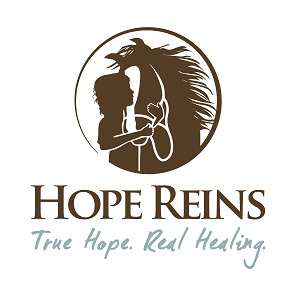 The number of organizations joining forces to increase their impact is on the rise. Nonprofit and for-profit organizations are using these alliances as a way to reinvent themselves, giving more focus to social values.[2] Many nonprofit organizations do this through formal collaborations, rather than informal alliances. Collaboration is becoming a big buzzword in the nonprofit sector. Many funding organizations are encouraging collaborations in their grants and programs. Through these formal collaborations, organizations are able to share best practices and ideas with one another, leverage their missions and in some cases have better access to funding. However, with these formal collaborations also comes a lot of requirements and “red tape.” Nonprofit organizations should explore the idea of an informal alliance as a way to leverage their missions, while avoiding the rules and regulations that come with a formal collaboration.
The number of organizations joining forces to increase their impact is on the rise. Nonprofit and for-profit organizations are using these alliances as a way to reinvent themselves, giving more focus to social values.[2] Many nonprofit organizations do this through formal collaborations, rather than informal alliances. Collaboration is becoming a big buzzword in the nonprofit sector. Many funding organizations are encouraging collaborations in their grants and programs. Through these formal collaborations, organizations are able to share best practices and ideas with one another, leverage their missions and in some cases have better access to funding. However, with these formal collaborations also comes a lot of requirements and “red tape.” Nonprofit organizations should explore the idea of an informal alliance as a way to leverage their missions, while avoiding the rules and regulations that come with a formal collaboration.
For these four equine therapy organizations, who explored formalizing their arrangement, the formality of doing so proved to be more cumbersome and the informal alliance allows for increased productivity and collaborative options. For example, Hope Reins was the first to purchase their farm in 2010. Through the equi-center alliance, Hope Reins was able to share its knowledge of a specific USDA Loan, which gave CORRAL the information needed to purchase their farm in 2016. Each organization supports and promotes each other, because as Kim Tschirret said in her interview, “it helps all of us when we are all successful.”
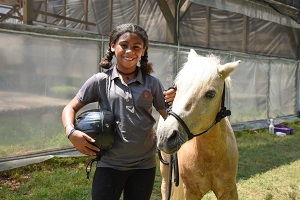 A key to creating an informal alliance is associating with organizations who have missions that align with, or are similar to, your own. The informality of the alliance allows similar organizations to work together, without fear of mission drift (allowing your external environment to move your organization away from its mission). With no formal documentations in place, organizations can share best practices and ideas with each other, with little to no pressure of having to accept those practices as being best for their organization. Each organization is also able to maintain its individuality, knowing that what works for one organization, may not work for another. For example, Hope Reins, hosts a yearly fundraising event on their farm property; however, for CORRAL, hosting a fundraising event on the property was not feasible, and was held off site.
A key to creating an informal alliance is associating with organizations who have missions that align with, or are similar to, your own. The informality of the alliance allows similar organizations to work together, without fear of mission drift (allowing your external environment to move your organization away from its mission). With no formal documentations in place, organizations can share best practices and ideas with each other, with little to no pressure of having to accept those practices as being best for their organization. Each organization is also able to maintain its individuality, knowing that what works for one organization, may not work for another. For example, Hope Reins, hosts a yearly fundraising event on their farm property; however, for CORRAL, hosting a fundraising event on the property was not feasible, and was held off site.
Equine therapy organizations are not the only entities exploring the idea of an informal alliance. According to Nonprofit Quarterly, Guidestar and the Foundation Center, two of the foremost organizations in nonprofit and foundation data, have formed what they call a “strategic partnership.” Both organizations, as stated by Brad Smith of the Foundation Center, believe “the route to bigger impact isn’t through bigger organizations, but networking.”[3] Through the alliance, or in this case, the strategic partnership, organizations can have a greater impact, in their communities and work together to move towards accomplishing the organization’s goals.
While collaborations may have a funding benefit, nonprofits should consider an informal alliance as a way to help improve the stability of their organizations. Sharing best practices, new ideas and even struggles experienced by an organization can give others new insights on ways to secure funding, enhance their programs, and use their resources more effectively. CORRAL and Hope Reins have their own separate missions, yet they are also finding ways to leverage these relationships to elevate equine assisted therapy programs to a more well-renowned field. By partnering together in a path of restoration, these equine therapy organizations can align together to create a ripple effect for all those around them.
For more information about the Equicenter Alliance nonprofits and how you can become involved in the transformation of youth in need please visit:
www.corralriding.org
www.hopereinsnc.org
www.horseandbuddy.org
www.sheperdyyouthranch.org
[1] “Alliance.” Merriam-Webster.com. Merriam-Webster, 2018. Web. 27 April 2018.
[2] Chang, Jung-Nung et al. “Relational Management Mechanisms for Strategic Alliances Among Nonprofit Organizations.” International Journal of Voluntary and Nonprofit Organizations 27.5 (2016): 2458–2489. Print.
[3] Cohen, Rick. “The ‘Medium Data’ Alliance between Guidestar and the Foundation Center: Get Your Information Here!.” https://nonprofitquarterly.org. https://nonprofitquarterly.org/2013/10/24/the-medium-data-alliance-between-guidestar-and-the-foundation-center-get-your-information-here/, 24 Oct. 2013. Web. 27 Apr. 2018.
Julie Nettifee is a Research Specialist at North Carolina State University College of Veterinary Medicine. Additionally, she is a graduate student in the Master of Arts in Liberal Studies program at NCSU. Her research focus is centered on the human-animal bond and animal-assisted therapies.
Kristin Tart is the Member Service Coordinator at the North Carolina Bar Association. Additionally, she is also a student in the Nonprofit Management Certificate Program at NC State University.



